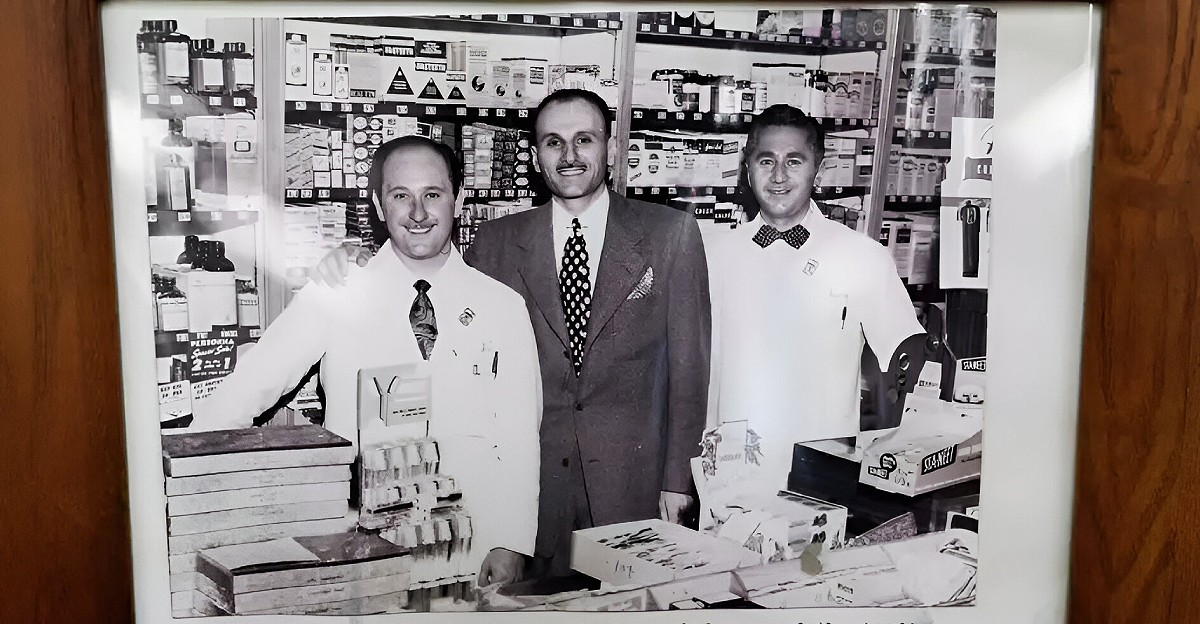
Central Drug Store’s neon sign has welcomed customers for generations in San Francisco’s Excelsior District. Launched in 1908, Central Drug Store in San Francisco defied the odds for over a century, outliving pharmacy giants like Walgreens, CVS and Rite Aid in its city. After an extraordinary 117-year run, this family-owned pharmacy is preparing to fill its last prescription in just a few days.
Owner Jerry Tonelli stunned patrons by announcing the beloved shop will close for good on July 15. The news marks the end of an era: the little drugstore that outlasted corporate titans is finally saying goodbye.
Owner’s Tough Choice
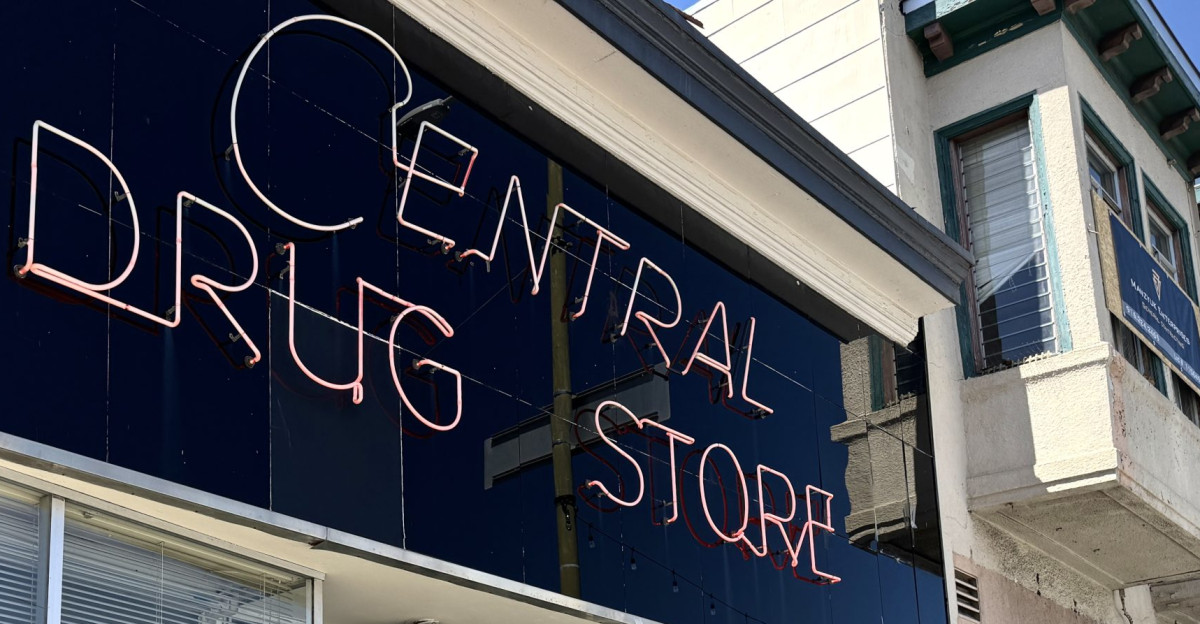
After serving as the neighborhood pharmacist for 50 years, Jerry Tonelli is stepping away on his own terms. “It is with a heavy heart that I announce my retirement,” the 74-year-old owner wrote, explaining that no one in the family was able to take over the business.
The Tonelli family has run Central Drug Store since 1965, and Jerry essentially grew up behind the counter. Rather than sell out or slowly fade, he chose to shut the doors proudly. Tonelli emphasized that this closure is his decision – a well-earned retirement – after decades of happily serving the community.
Community Heartbreak as a Pillar Fades
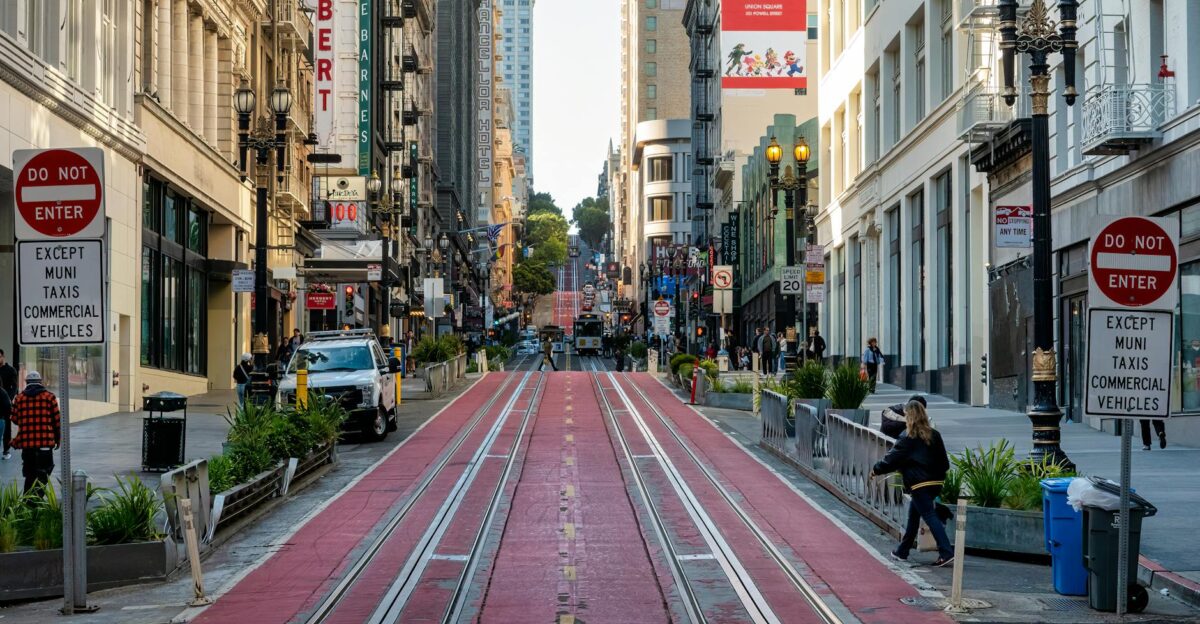
For generations of San Franciscans, Central Drug was more than a pharmacy – it was a trusted neighbor. Customers reacted with an outpouring of emotion and gratitude when the closure was announced. “I can’t put into words what a blessing Central Drug, Jerry and the Tonelli family have been to me and my family for over 50 years,” one longtime patron wrote.
Others thanked the owner for his personal touch, knowing customers by name, offering advice, and always being there in times of need. The Excelsior District community is heartbroken to lose a local institution that has been a comforting constant in their lives.
Independents Struggle in a Changing Industry

Central Drug’s fate reflects a bigger challenge facing independent pharmacies everywhere. In 2023, roughly one independent pharmacy closed every single day in the U.S. – a rate expected to continue this year. Owners cite razor-thin profit margins and policies that favor large chains. Pharmacy benefit managers (the middlemen handling drug reimbursements) often squeeze local drugstores with low payments, making it hard to stay afloat.
Tonelli himself witnessed how big-box competitors can force out mom-and-pop shops: “The city started letting Walgreens come in… they usually opened up next to the independent, and eventually the independent had to close,” he recalled.
Even the Pharmacy Giants Feel the Heat
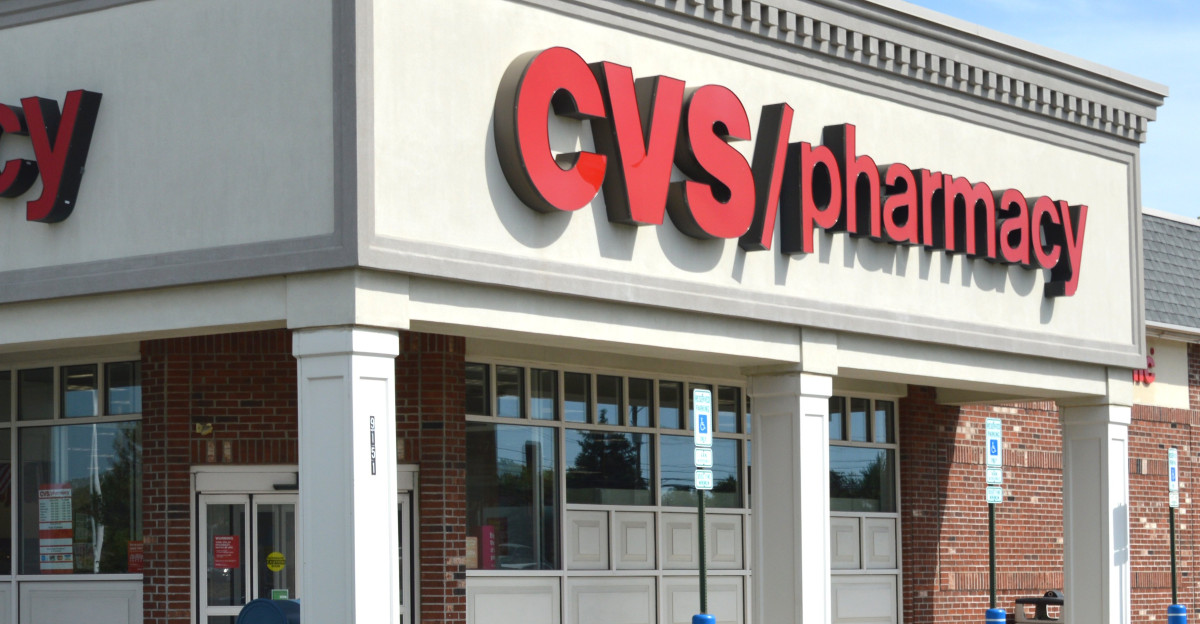
Ironically, the corporate titans that Central Drug outlasted are themselves retrenching amid industry upheaval. Walgreens, one of America’s largest chains, plans to close at least 1,200 stores over the next three years to cut costs under a new CEO. Rite Aid – once a nationwide powerhouse – filed for bankruptcy amid slumping sales and heavy debt, as the competitive landscape shifted with rivals like Walmart and Amazon entering pharmacy services.
Even CVS has been shuttering some locations in recent years. These big-chain stumbles underscore how turbulent the pharmacy business has become across the board.
Loss of a Social Hub and Local History
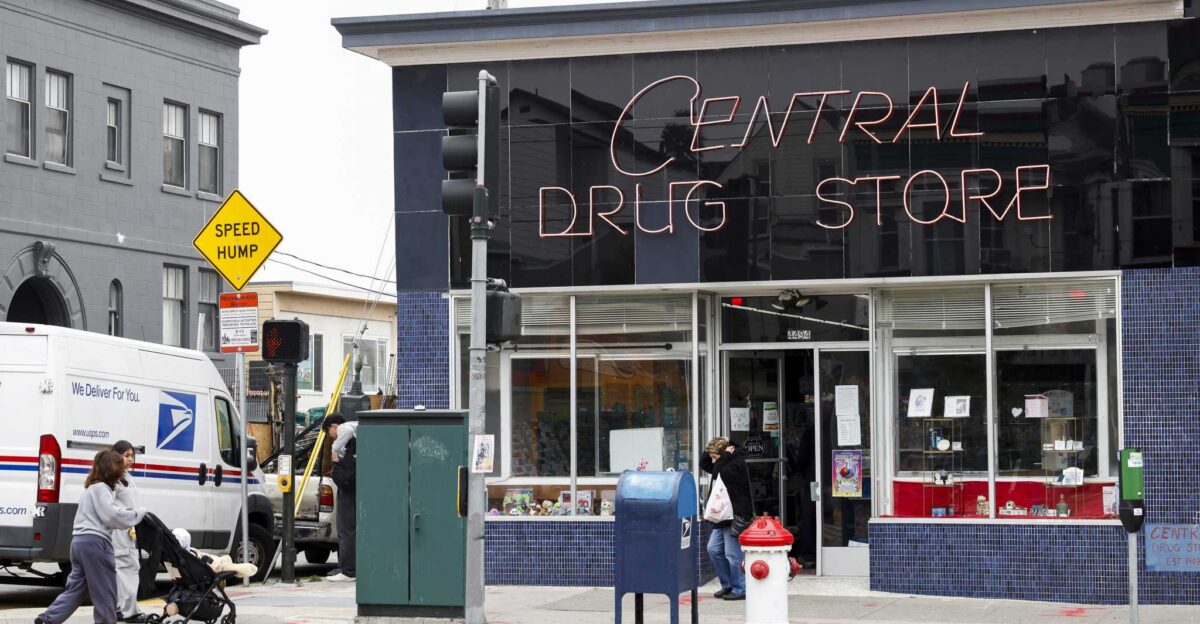
The closure isn’t just an economic loss – it’s personal. Central Drug Store holds 117 years of neighborhood memories within its walls. It was the oldest retail store in the Excelsior District, a living museum of old San Francisco with vintage pharmacy drawers and photos from bygone eras. For the Tonelli family, it’s where Jerry’s own parents first met decades ago.
For customers, it doubled as a community center where neighbors chatted and kids grew up coming in for candy or advice. “We’ve had the same customers over the years, then their children, and then their children’s children… after a while, it becomes part of your social life,”
Neighborhood Pharmacy Access in Question
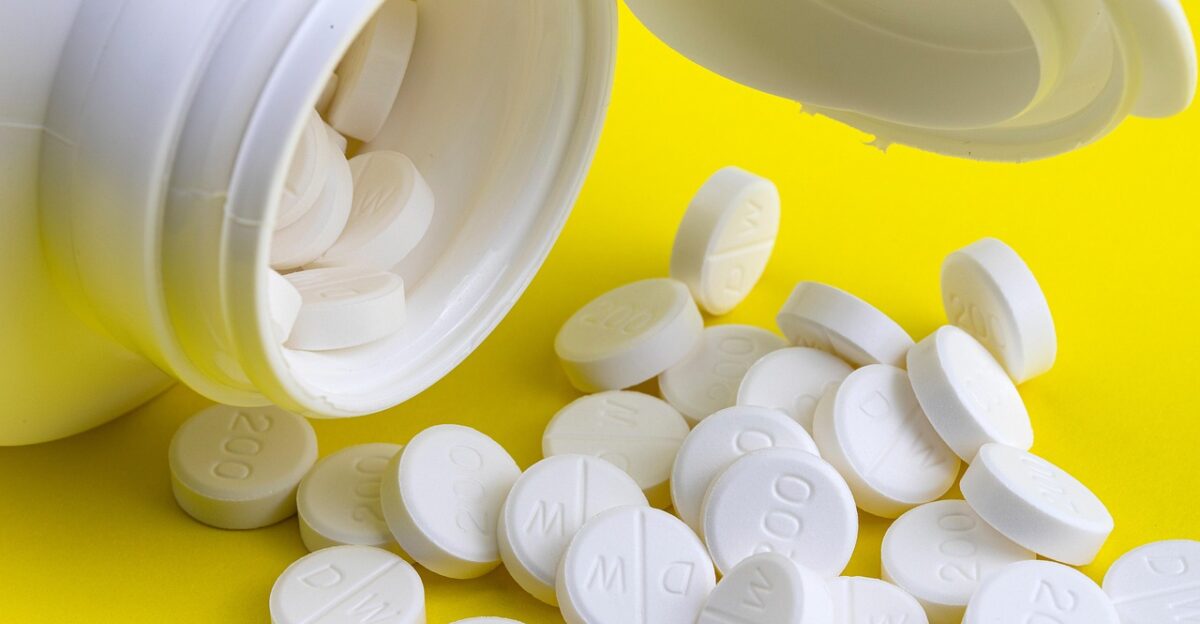
Residents now face the practical question of where to get their prescriptions filled once Central Drug is gone. In San Francisco, at least 64 pharmacies have closed in the past decade, raising concerns about “pharmacy deserts” – areas with no convenient pharmacy access – but Tonelli has pointed his own customers to another independent drugstore, Daniel’s Pharmacy, just six blocks away, so they aren’t left in the lurch.
Not every neighborhood has such a ready backup, however. Nationwide, as both small pharmacies and chain outlets shut down, many vulnerable communities worry about losing walkable access to medications and pharmacist care.
Co-ops and Calls for Reform

The plight of Central Drug Store has not gone unnoticed by policymakers and peers. In San Francisco, officials have floated the idea of a city-backed pharmacy co-op network to support independent pharmacies and prevent widespread service gaps. The concept: band local drugstores together, leverage bulk purchasing, and bypass some of the middlemen.
There’s also growing scrutiny on pharmacy benefit managers’ “opaque” practices – the Federal Trade Commission recently confirmed that PBMs’ low reimbursement policies are driving many closures nationwide. Industry groups are urging reforms so that community pharmacies can compete on a more level playing field.
What Customers Should Do When a Pharmacy Closes

When an old familiar pharmacy shuts down, customers have to act fast to ensure continuity of care. Experts advise finding a new pharmacy before your current one closes, so your prescription files can be transferred seamlessly rather than scrambling afterwards. Talk to your pharmacist about how your prescriptions will be handled – in some cases, they can be transferred to another store automatically, but it’s wise to confirm the details and keep copies of your records.
If you have multiple medications, keeping them at a single pharmacy can help pharmacists catch dangerous interactions. Don’t assume a big chain is your only option: independent pharmacies and grocery store pharmacies often offer competitive prices and top-notch service, according to Consumer Reports surveys.
What’s Next for Local Pharmacies?
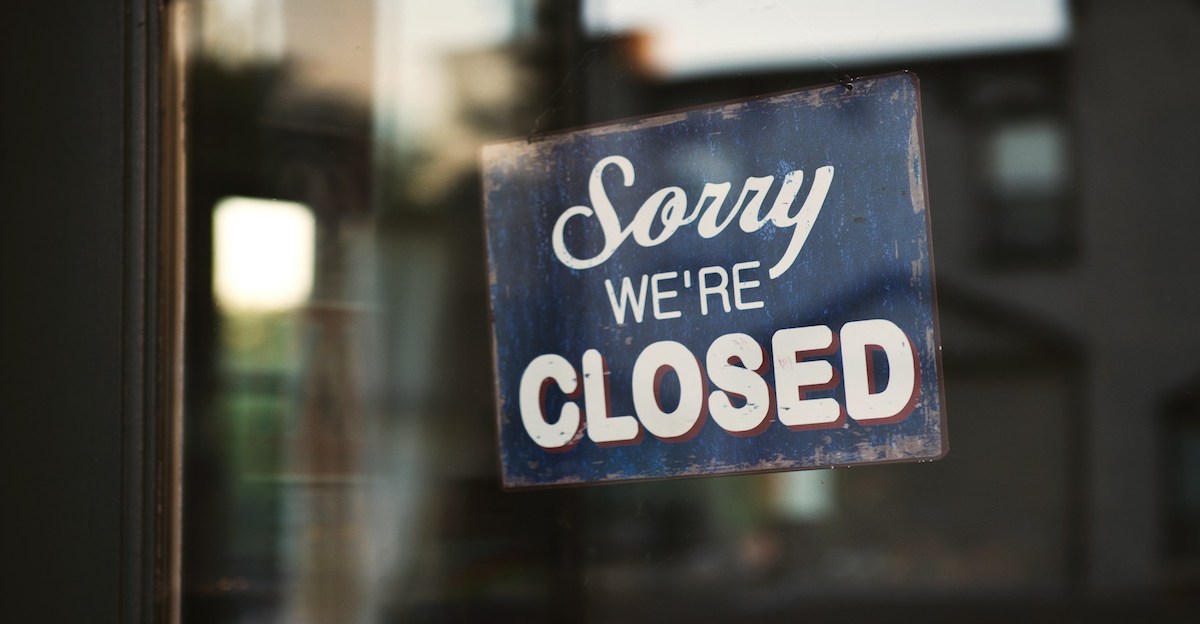
Central Drug Store’s farewell is more than just the end of one shop – it’s a symbol of seismic shifts in how Americans get their medicine. When a stalwart 117-year-old pharmacy can’t continue, it forces us to ask what the future holds for community drugstores. Will we rely on mail-order deliveries and megachains, or can independent pharmacies find new ways to survive?
The impact of this single closure reaches far: longtime customers must change routines, a neighborhood loses a friendly face, and an industry grapples with balancing convenience and care.
